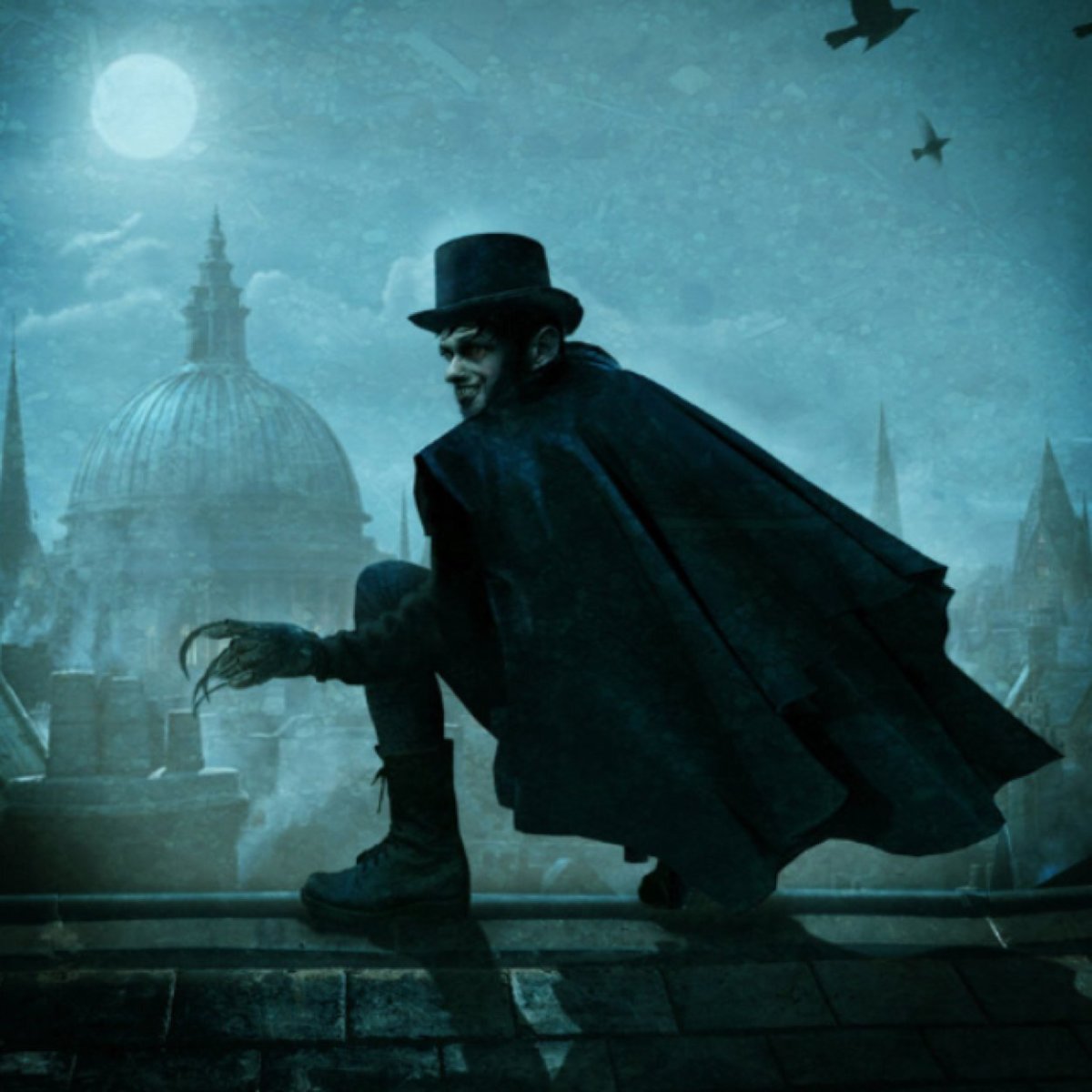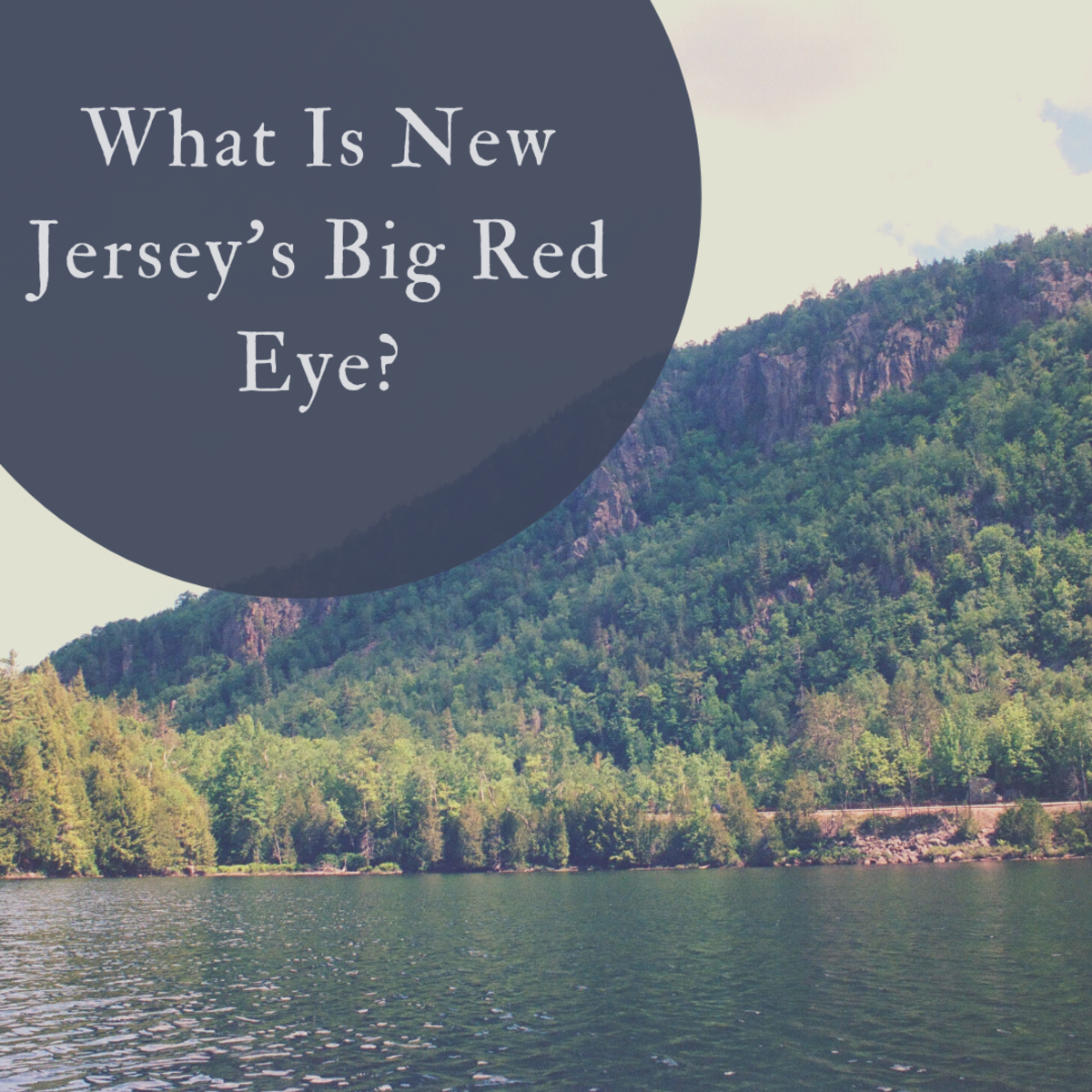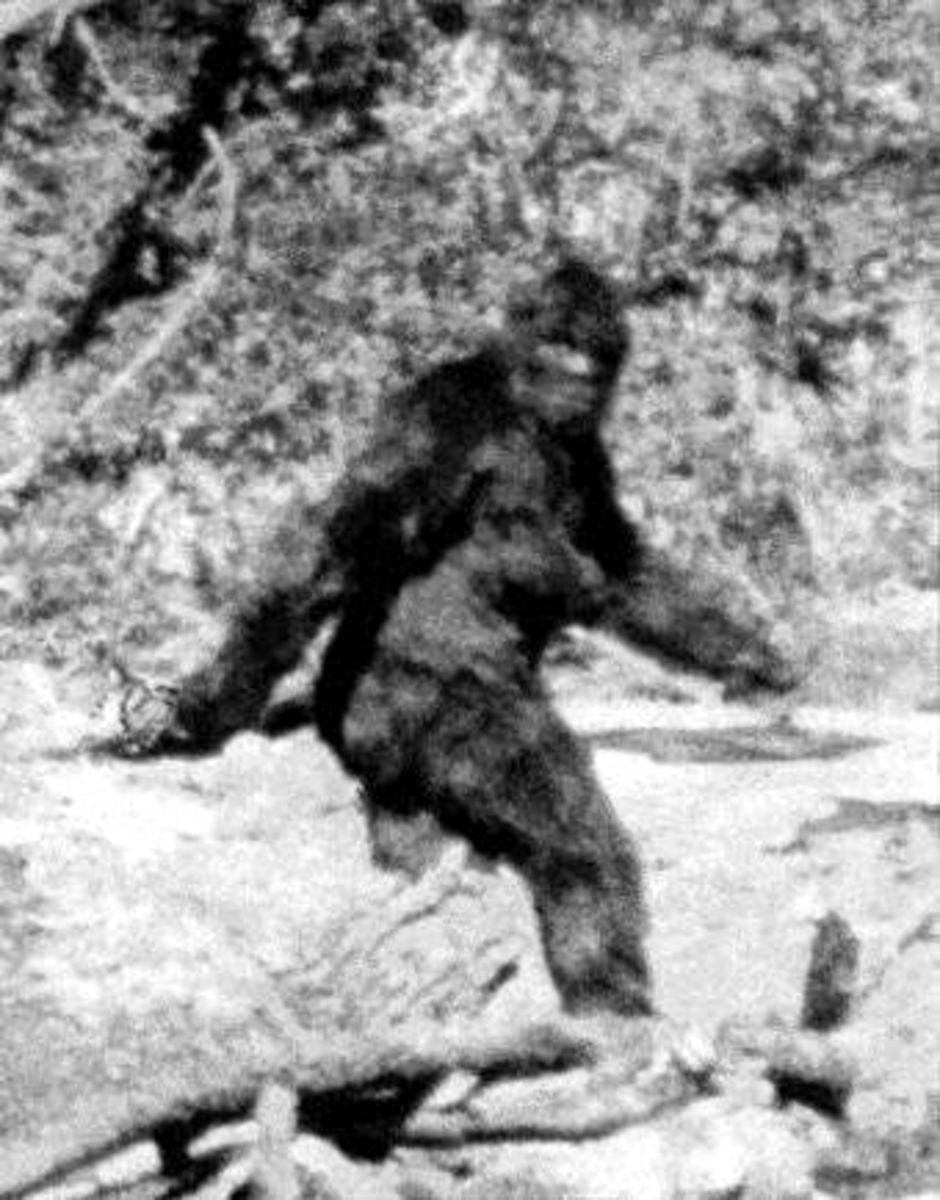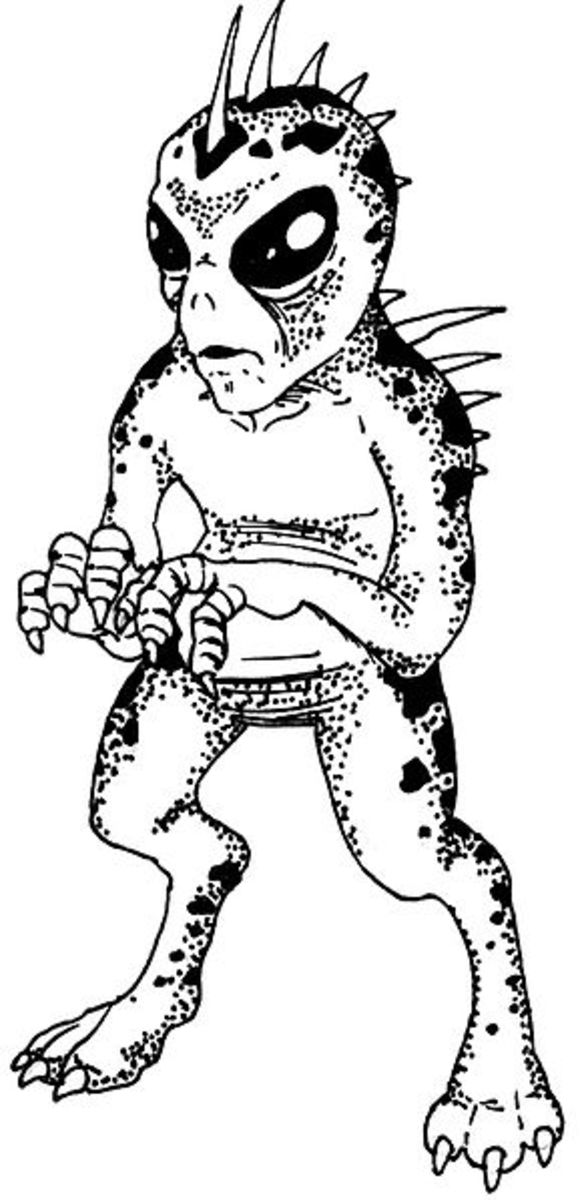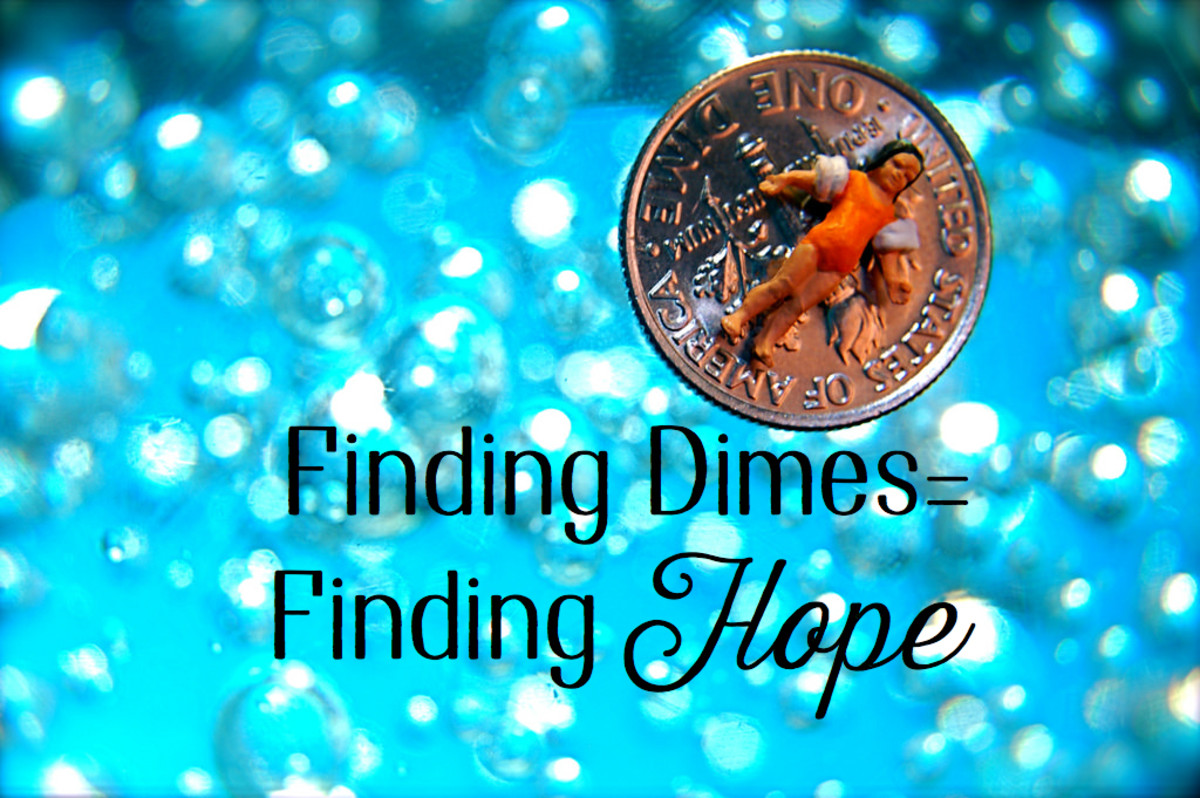Even More Creepy Mysteries
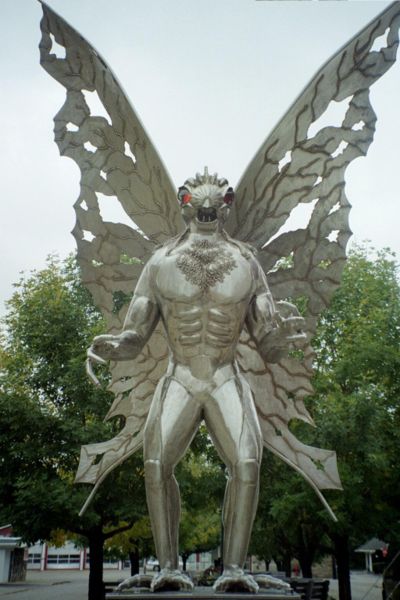

Mothman
Strange reports began to surface in Point Pleasant, West Virginia, in 1966. Several residents reported seeing a bizarre creature with huge red eyes and gigantic wings. Two couples driving down a country road at night claimed that the creature chased their car and kept up with them even at high speeds. It finally flew away after they had reached the Point Pleasant city limits. The creature was described as resembling a giant bird or flying human and was dubbed the “Mothman” by the press. Other alleged paranormal phenomena, including UFO sightings, were also reported in the area at the time. In 1967, Point Pleasant’s Silver Bridge collapsed, killing 46 people and leading to claims that the Mothman was a harbinger of doom. Sightings of the creature faded after the collapse.
Today, the Mothman is used to stimulate the local economy, similar to Nessie in the Loch Ness. Point Pleasant has had a Mothman festival every year since 2002. In 2003, the statue pictured to the right was constructed. There is even a Mothman museum located in town.
Theories –
-Mothman was a misidentified owl, heron, or sandhill crane
-It was a hoax and the witnesses fabricated their encounters
-It was an alien or supernatural entity
-It was a type of animal that is unknown to humanity
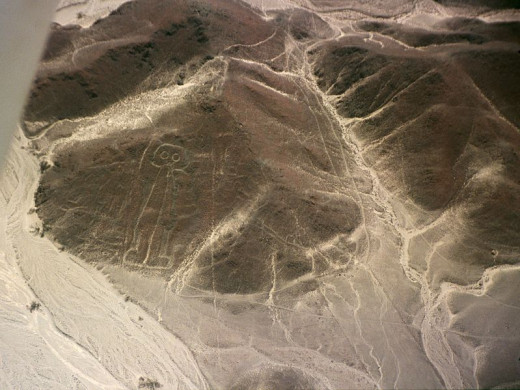
The Nazca Lines
The Nazca Lines are a series of giant drawings created in the Nazca desert in Peru. They are believed to have been created around 1,500 years ago by the ancient Nazca culture. The cultural significance and motivation for the drawings are unknown. They are too large to be seen properly from the ground (although some can observed from nearby foothills), and the technology to create airplanes would not exist for many centuries. The illustrations depict many different objects, including a monkey, a dog, a spider, a hummingbird, and a strange image that vaguely resembles (to modern viewers, anyway) a man in a spacesuit. Why would a civilization with no ability to fly take the time and painstaking effort to create hundreds of giant images on the desert floor?
Theories –
-The drawings represent constellations or other astronomical objects
-The lines were meant to appeal to gods, probably so that the gods would give them water for their crops
-They were pathways for religious ceremonies
-The drawings were meant to be seen by ancient aliens
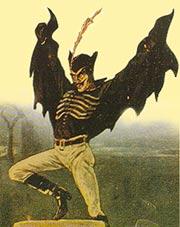
Spring-heeled Jack
In 1830’s London, a mysterious man began attacking people, mainly women. He wore a dark cloak and was said to spit flames and have glowing red eyes. He created a media sensation and was dubbed “Spring-heeled Jack” because of his reported ability to leap over fences and from rooftop to rooftop. In one of the most well-known sightings, a teenage girl named Jane Alsop reported hearing a knock on her door by someone claiming to be a police officer. She opened the door to find Spring-heeled Jack. He supposedly spit fire out of his mouth, grabbed her, and tore at her clothes with his claws. The mysterious attacker fled after one of Jane’s sisters came to her rescue.
The police took the reports seriously enough to launch an investigation, but no one was ever caught. After a rash of sightings in the 1830’s and 1840’s, reports of Spring-heeled Jack began to fade, although there were scattered reports throughout the 19th century and even occasional reports in modern times. Although he terrified many people, Spring-heeled Jack (not to be confused with Jack the Ripper) never killed anyone. But who, or what, was he?
Theories –
-He was an ordinary prankster whose exploits were sensationalized by the newspapers of the day
-He was a product of mass hysteria and never existed at all
-He was an urban legend
-He was a demon
-He was from another planet or a parallel universe
If you want to read about more mysteries, check out these hubs!
- The World’s Creepiest Mysteries
This article discusses three of the creepiest unsolved mysteries of the past century. Several theories for each case are mentioned. Includes links and a poll. - More Creepy Mysteries
This article discusses three more of the world's creepiest mysteries. Several theories for each case are mentioned. Includes links and a poll. - Four More Creepy Mysteries
Four more of the world's most unusual and bizarre mysteries. What are the explanations for these enigmas? Decide for yourself. - Five More Creepy Mysteries
Five more enigmas of the unexplained. What are the truths behind these mysteries? Decide for yourself. - Historical Mysteries
Historical mysteries, including Amelia Earhart's disappearance and Jack the Ripper.
For more information on these mysteries, visit these websites.
- Nazca Lines
Nazca Lines are located in the arid Peruvian coastal plain the geoglyphs of Nazca Lines and the pampas of Jumana tourist information and Nazca Lines photo gallery - Mothman - The Enigma of Point Pleasant
- The Legend of Spring Heeled Jack

